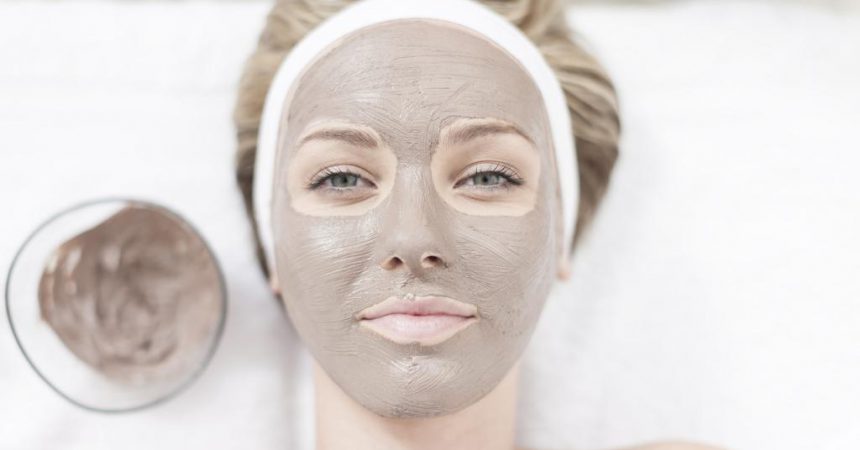The cosmetics contain many different substances given to us by Mother Nature. One of them is mud. Check how it works and how you can use it. How to apply mud to the skin and what are the results?
What is mud?
Therapeutic mud is one of the ingredients in natural medicine, cosmetology and various SPA treatments. It is often referred to as ‘black gold’ due to its valuable properties. It is obtained from dead plants and minerals from peat. Mud used in cosmetology is used in the form of a paste or small granules. Mud is a valuable ingredient as it:
- increases the cellular metabolism of the body;
- has antiviral and antifungal properties;
- oxygenates tissues;
- improves blood flow in cells.
What does it contain?
Fresh mud has about 89% of moisture and about 10% of organic matter, the rest are inorganic compounds. The mud contains: amino acids, enzymes, sugars, silica, tannin. These ingredients have anti-inflammatory, antibacterial, astringent as well as purifying action.
Mud in cosmetics – application
The mud is used to fight cellulite and stretch marks. Treatments with mud make the substances penetrate deep into the skin, strengthen collagen fibers, accelerate blood and lymph circulation. Mud is also used in body wrapping, regenerative, relaxing and relaxing treatments. The ingredients contained in mud have an antioxidant effect and fight free radicals.
What is more, mud is commonly used in warming baths to improve blood circulation, nutrition and oxygenation. Such treatments also accelerate metabolism, relax the muscles and regulate the acid-base balance. Mud baths are especially recommended after physical exercise. Muds are also used in warm compresses that cleanse the body of toxins and protect it from harmful external factors.
Contraindications to such treatments are: cancer, hyperthyroidism, pregnancy, sensory disturbances, diabetes, increased body temperature, low blood pressure, fresh fractures and injuries, hypertension, heart defects,young age, thrombophlebitis, deteriorated condition of the body.




Leave a Reply